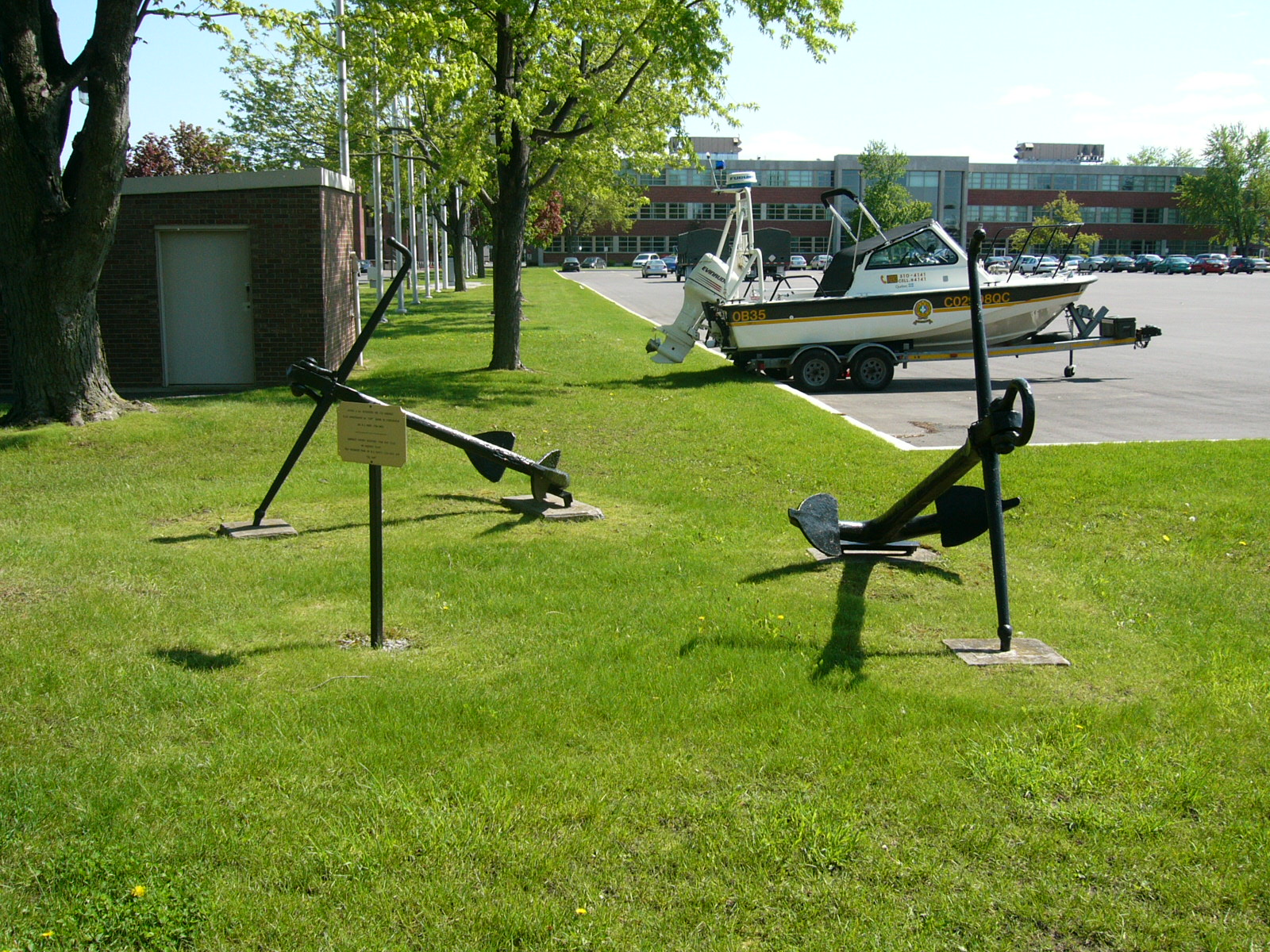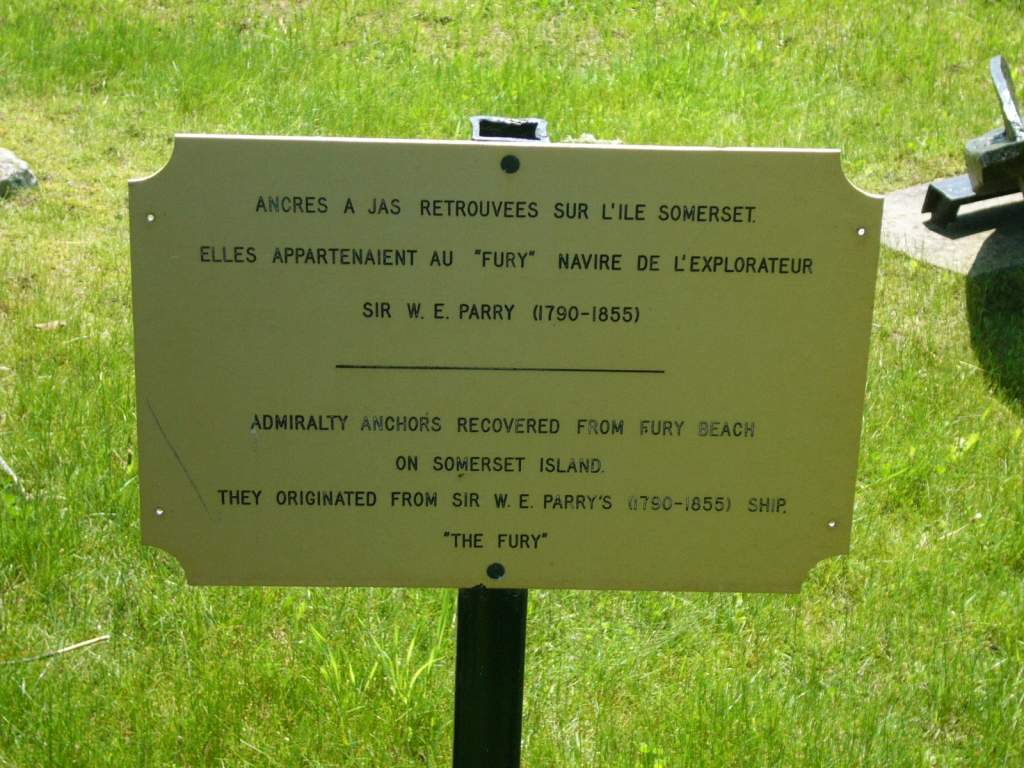HMS Fury (1814) on:
[Wikipedia]
[Google]
[Amazon]
HMS ''Fury'' was a of the British


Royal Navy
The Royal Navy (RN) is the United Kingdom's naval warfare force. Although warships were used by English and Scottish kings from the early medieval period, the first major maritime engagements were fought in the Hundred Years' War against Fr ...
.
Military service
The ship was ordered on 5 June 1813 from the yard of Mrs Mary Ross, atRochester, Kent
Rochester ( ) is a town in the unitary authority of Medway, in Kent, England. It is at the lowest bridging point of the River Medway, about from London. The town forms a conurbation with neighbouring towns Chatham, Rainham, Strood and Gil ...
, laid down in September, and launched on 4 April 1814.
''Fury'' saw service at the Bombardment of Algiers on 27 August 1816, under the command of Constantine Richard Moorsom.
Arctic exploration
Between November 1820 and April 1821, ''Fury'' was converted to anArctic
The Arctic ( or ) is a polar regions of Earth, polar region located at the northernmost part of Earth. The Arctic consists of the Arctic Ocean, adjacent seas, and parts of Canada (Yukon, Northwest Territories, Nunavut), Danish Realm (Greenla ...
exploration ship and re-rated as a sloop
A sloop is a sailboat with a single mast typically having only one headsail in front of the mast and one mainsail aft of (behind) the mast. Such an arrangement is called a fore-and-aft rig, and can be rigged as a Bermuda rig with triangular sa ...
. Commander William Edward Parry
Sir William Edward Parry (19 December 1790 – 8 July 1855) was an Royal Navy officer and explorer best known for his 1819–1820 expedition through the Parry Channel, probably the most successful in the long quest for the Northwest Pas ...
commissioned her in December 1820, and ''Fury'' then made two journeys to the Arctic, both in company with her sister ship
A sister ship is a ship of the same class or of virtually identical design to another ship. Such vessels share a nearly identical hull and superstructure layout, similar size, and roughly comparable features and equipment. They often share a ...
, .
Her first Arctic journey, in 1821, was Parry's second in search of the Northwest Passage
The Northwest Passage (NWP) is the sea route between the Atlantic and Pacific oceans through the Arctic Ocean, along the northern coast of North America via waterways through the Canadian Arctic Archipelago. The eastern route along the ...
. The farthest point on this trip, the perpetually frozen strait between Foxe Basin and the Gulf of Boothia
The Gulf of Boothia is a body of water in Nunavut, Canada. Administratively it is divided between the Kitikmeot Region on the west and the Qikiqtaaluk Region on the east. It merges north into Prince Regent Inlet, the two forming a single bay w ...
, was named after the two ships: Fury and Hecla Strait.
On her second Arctic trip, ''Fury'' was commanded by Henry Parkyns Hoppner
Captain Henry Parkyns Hoppner (179522 December 1833) was an officer of the Royal Navy, Arctic explorer, draughtsman and artist. His career included two ill-fated voyages culminating in the loss of in 1816 and HMS ''Fury'' in 1825.
Early years
...
while Parry, in overall command of the expedition, moved to ''Hecla''. This voyage was disastrous for ''Fury''. She was damaged by ice at the start of the second season and was eventually abandoned on 25 August 1825,Journal of a Third Voyage for the Discovery of a North-West Passage from the Atlantic to the Pacific; Performed in the Years 1824-25 in His Majesty's Ships Hecla and Fury, Under the Orders of Captain William Edward Parry... London (1826) at what has since been called Fury Beach on Somerset Island. Her stores were unloaded onto the beach and later came to the rescue of John Ross, who travelled overland to the abandoned cache when he lost his ship further south in the Gulf of Boothia
The Gulf of Boothia is a body of water in Nunavut, Canada. Administratively it is divided between the Kitikmeot Region on the west and the Qikiqtaaluk Region on the east. It merges north into Prince Regent Inlet, the two forming a single bay w ...
on his 1829 expedition.
Legacy
In 1956, Captain T.C. Pullen, RCN, sailed HMCS ''Labrador'' on an expedition through the Northwest Passage. During this voyage ''Labrador'' recovered two Admiralty Pattern anchors on Fury Beach, Somerset Island. The anchors were left there in 1825 by the crews of ''Fury'' and ''Hecla'', together with stores, boats, and other items. The anchors had been a landmark for sailors for 136 years. ''Labrador'' transported the artifacts toHalifax, Nova Scotia
Halifax is the capital and largest municipality of the Canadian province of Nova Scotia, and the largest municipality in Atlantic Canada. As of the 2021 Census, the municipal population was 439,819, with 348,634 people in its urban area. Th ...
, and they were placed in the Maritime Command Museum (1961). In 1972, ''Fury''s anchors were moved to CCG Base Dartmouth, Nova Scotia. In 1981, the anchors were removed to the Canadian Coast Guard College at Sydney, Nova Scotia
Sydney is a former city and urban community on the east coast of Cape Breton Island in Nova Scotia, Canada within the Cape Breton Regional Municipality. Sydney was founded in 1785 by the British, was incorporated as a city in 1904, and dissol ...
. In 1991, the relics were prepared to be part of a popular exhibit. On 6 May 1998, the anchors were donated by the Canadian Forces Maritime Command (MARCOM) to the Collège militaire royal de Saint-Jean at Saint-Jean-sur-Richelieu
Saint-Jean-sur-Richelieu () is a city in eastern Montérégie in the Canadian province of Quebec, about southeast of Montreal. It is situated on the west bank of the Richelieu River at the northernmost navigable point of Lake Champlain. As of D ...
, Quebec
Quebec ( ; )According to the Canadian government, ''Québec'' (with the acute accent) is the official name in Canadian French and ''Quebec'' (without the accent) is the province's official name in Canadian English is one of the thirte ...
. Currently, the anchors are displayed at the northeastern corner of the parade square, and are in the custody of le Musèe du Fort Saint-Jean.

References
Footnotes
Bibliography
* * *External links
* * {{DEFAULTSORT:Fury (1814) 1814 ships Arctic exploration vessels Bomb vessels of the Royal Navy Exploration ships of the United Kingdom Maritime incidents in August 1825 Shipwrecks of the Canadian Arctic coast